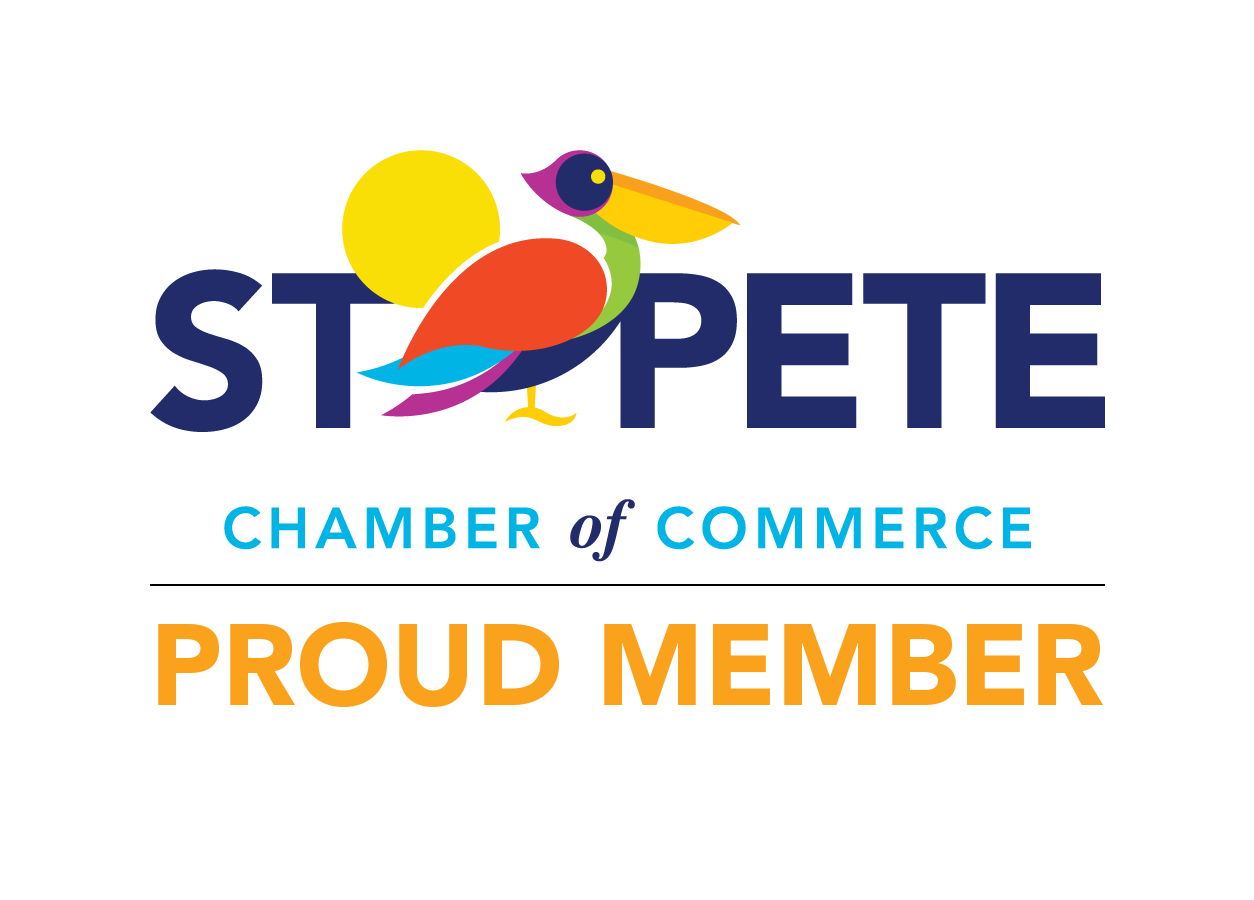
What is Cloaking in SEO?
In the wild west of SEO, where anything goes or so it seems, you might stumble upon a technique called “cloaking.” It sounds mysterious, even a little cool. But before you saddle up and ride off into a potential penalty from the search engine posse, let’s pull back the curtain. This guide will unveil the secrets of cloaking in SEO, explaining what it is and why it’s a risky gamble for your website’s long-term ranking success. We’ll explore ethical SEO strategies that bring results without the cloak-and-dagger tactics.
Unveiling Cloaking in SEO
Navigating the fine line between optimization & deception.
Cloaking is a black hat SEO tactic that involves presenting different versions of a URL, page, or content to search engines than those seen by actual visitors. This technique can be seen in practice when a website displays one page to its users but a completely different page to the crawlers.
This black hat technique can take many forms. Let’s look at some of the most common ones:
Warning: Stay away from cloaking.
▼ IP-Based Cloaking
The practice of serving different content to different users based on their respective IP addresses is known as IP-based cloaking. It occurs when a user is redirected to the desired website via a secondary website with a high Google ranking. This method is often used to display tailored content according to a user’s geographic region or native language.
▼ User-Agent Cloaking
User-agent cloaking is a technique that utilizes a specialized program, known as a user agent, to evaluate web visitors and determine which version of the cloaked site should be presented. This process is accomplished through a code sent directly from the server to the visitor. When it is identified as a crawl bot, it then displays specially prepared content. AKA the cloaked content.
▼ HTTP REFERER Cloaking
Rather than showing the same content to all visitors, referrer cloaking is a method of delivering different material depending on where the user has come from.
For instance, based on the HTTP referer sent by the web browser, HTTP Referer Cloaking displays a different page or content. This approach is commonly used for users who have arrived via a search engine results page or another website.
▼ Javascript Cloaking
Using JavaScript to obscure content from search engine crawlers is known as JavaScript cloaking. This technique allows for the loading of dynamic content after the page has been loaded, making it undetectable by search engine bots.
▼ HTTP Accept-Language Cloaking
When a website displays different content based on the language settings of a user’s browser, it is known as HTTP Accept-Language cloaking. In the case of a search engine crawler, cloaked content is shown.
This can be an aggravating experience for those who rely on specific language information to find their way around a website.

Pitfalls of Cloaking
Hide & deceive. Pay the price.
While the concept of cloaking may seem like a shortcut to boost search engine rankings, it’s essential to recognize the fine line between optimization and deception. Search engines, such as Google, consider cloaking a violation of their guidelines, as it undermines the principle of providing users with accurate and relevant information.
In addition, it can have a negative impact on a website’s reputation and ranking. Implications of cloaking includes:
- Penalties from Search Engines: Search engines are quick to penalize websites that engage in cloaking. Penalties can range from a drop in rankings to complete removal from search engine indexes.
- Loss of Trust: Cloaking erodes the trust between website owners and users. When visitors discover a discrepancy between what they expected and what they find on a page, it can lead to a loss of credibility and a negative impact on the site’s reputation.
- Long-Term Consequences: Recovering from search engine penalties and rebuilding trust with users can be a lengthy and challenging process. The long-term consequences of cloaking can far outweigh any short-term gains.
Why Play Hide-n-Seek with Search Engines?
The risk isn’t worth the treat.
Cloaking might seem like a quick SEO trick, but the risks far outweigh the rewards. Search engines are constantly getting smarter, and getting caught using cloaking can have serious consequences for your website’s ranking.
Ready to build a sustainable SEO strategy that delivers long-term results?
Need more SEO insights?
Explore our FAQ like a delightful dessert buffet. Click a question for a single bite or savor the entire knowledge base!
▼ Beginner SEO FAQ
How to Learn SEO
What is an SEO Campaign Strategy?
How to Identify Keywords for SEO
What is SEO Copy & How to Write SEO Content?
What is an SEO Title?
What is Meta Tag in SEO?
Why is Having Duplicate Content an Issue for SEO?
What Is On-Page & Off-Page SEO?
Why are Internal Links Important for SEO?
What are Backlinks & Link Building in SEO?


